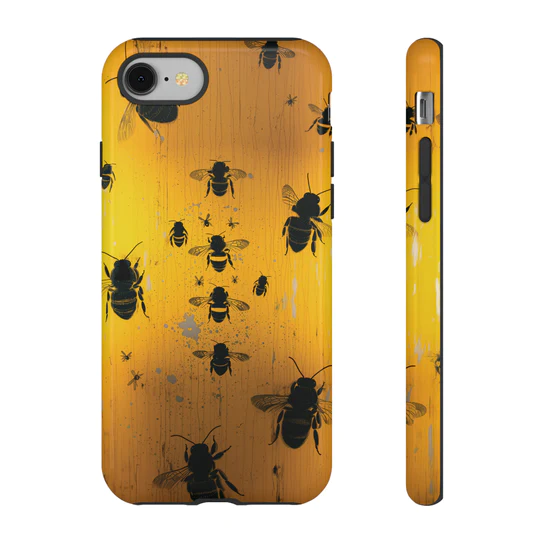Introduction
Wine, the ancient elixir that has enthralled humans for centuries, is much more than just a beverage. It embodies the union of artistry and science, a product of nature’s bounty and human craftsmanship. This article delves into the fascinating world of wine, exploring its history, production, tasting, and cultural significance.
A Historical Journey
The history of wine dates back to ancient times, with evidence of its production found in archaeological sites spanning thousands of years. From Mesopotamia to Egypt, Greece to Rome, wine has been an integral part of various cultures. It has been celebrated in religious rituals, cherished at feasts, and admired by poets and philosophers throughout history. As civilizations evolved, so did winemaking techniques, leading to an ever-growing appreciation of its diverse flavors and aromas.
The Art of Winemaking
Winemaking is a harmonious interplay of art and science, involving various stages that culminate in the creation of this enchanting beverage. It all begins in the vineyard, where the choice of grape variety, soil composition, climate, and Weinjoker vineyard management practices play pivotal roles in shaping the final product. The meticulous care of the grapevine ensures that each grape reaches its full potential.
Once the grapes are harvested, the winemaker’s artistic prowess comes into play. Fermentation, the process that converts grape juice into wine, requires a delicate balance of factors such as temperature, yeast selection, and duration. The aging process then imparts further depth and character to the wine, with choices between stainless steel, oak barrels, or other materials influencing the final flavor profile.
The Science Behind the Elixir
Beyond the artistry, winemaking relies heavily on scientific principles. Chemistry, microbiology, and viticulture all intertwine to affect the wine’s taste, aroma, and overall quality. Winemakers monitor pH levels, sugar content, acidity, and other chemical properties to ensure the wine develops as intended.
Controlling fermentation temperature and employing appropriate strains of yeast are vital to achieve desired characteristics in the wine. Additionally, advances in biotechnology have opened new doors for improving grape varieties, disease resistance, and environmental sustainability in winemaking.
The Art of Tasting
Wine tasting is an art in itself, with experts using their senses to evaluate the wine’s appearance, aroma, taste, and texture. The bouquet of aromas arising from a glass of wine is a complex symphony of fruit, floral, herbal, and even mineral notes. Palate sensations reveal nuances of flavor, body, and structure, guided by factors like acidity, tannins, and alcohol content.
Each wine tells a unique story, capturing the essence of the vineyard, the climate, and the winemaker’s skill. Wine enthusiasts around the world savor the experience of exploring different varietals, regions, and vintages, expanding their knowledge and appreciation of this timeless elixir.
Cultural Significance
Wine plays a central role in cultural and social contexts worldwide. It is an emblem of celebration, accompanying joyous occasions such as weddings and festivals. Wine’s presence is a symbol of unity and conviviality, fostering connections among friends, families, and even strangers.
Moreover, wine regions become epicenters of tourism, attracting visitors who wish to witness the picturesque landscapes, learn about winemaking traditions, and partake in wine tasting experiences.
Conclusion
Wine is more than just a beverage; it is an embodiment of art, science, history, and culture. Its allure transcends time and borders, enchanting individuals across the globe. As you raise your glass and take a sip of this captivating elixir, take a moment to appreciate the centuries of craftsmanship and innovation that have gone into creating this extraordinary gift of nature and human ingenuity. Cheers!


